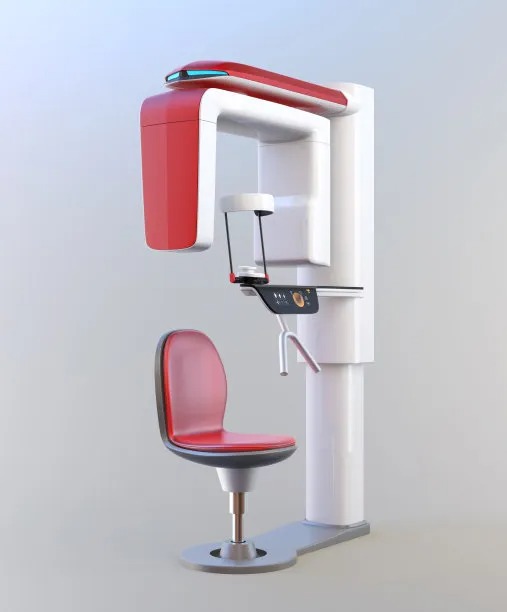The Critical Steps and Care Required Before and After Extracting a Tooth for Optimal Recovery and Oral Health
Summary: The process of tooth extraction can significantly impact your oral health, making the steps taken before and after the procedure crucial for optimal recovery. This article outlines the essential preparations prior to extraction, the actual process of tooth removal, and the necessary aftercare to ensure effective healing. It emphasizes proper instructions, pain management, dietary considerations, and the importance of following post-operative guidelines. Understanding these critical aspects will help maintain good oral health and aid recovery, ensuring that patients feel confident and informed at each stage of the process.
1. Essential Preparations Before Tooth Extraction

Before undergoing a tooth extraction, it is vital to consult with your dentist to assess the necessity of the procedure. The dentist will conduct a thorough examination, potentially including X-rays, to evaluate the condition of the tooth and surrounding structures. This ensures that all factors are considered, from the tooths current state to underlying conditions that could complicate the extraction.
Next, patients should disclose their complete medical history, including any medications, allergies, and pre-existing health conditions. This information is crucial for your dentist to determine the safest approach to the extraction and to gauge the need for sedation or anesthesia. Patients on blood thinners or those with significant health concerns may require special protocols.
Lastly, preparing yourself mentally and physically can reduce anxiety about the procedure. Engaging in relaxation techniques, such as deep breathing or visualization, can be beneficial. Additionally, having a meal beforehand—unless instructed otherwise—can help you feel more stable during the process.
2. Understanding the Extraction Process
The extraction procedure begins with the administration of anesthesia to numb the area surrounding the tooth. This can be local anesthesia, sedation, or general anesthesia, depending on the complexity of the extraction and patient preferences. It is important to follow any pre-operative instructions regarding the use of medications or fasting to ensure safety during anesthesia.
Once numb, the dentist will carefully remove the tooth. For an uncomplicated extraction, this usually involves loosening the tooth and gently pulling it out. For more complicated extractions, such as impacted wisdom teeth, the dentist may need to cut away gum and bone tissue. Regardless of the method used, it’s essential that patients remain calm and communicate any discomfort during the procedure.
Post-extraction, a gauze pad will be placed over the extraction site to control bleeding. Patients are advised to bite down gently on the gauze to help form a blood clot. The dentist will provide detailed aftercare instructions to follow to ensure proper recovery, including signs to watch for in case of complications.
3. Effective Aftercare for Successful Recovery
After the extraction, it is crucial to manage pain and swelling effectively. Dentists often recommend over-the-counter pain relievers or prescribed medication, depending on the individual patient’s needs. An ice pack can be applied externally to reduce swelling and should be rotated on and off for the first 24 hours following the procedure.
Diet also plays a significant role in recovery. After extraction, patients should stick to soft foods and liquids for the first few days to minimize irritation to the extraction site. Foods such as yogurt, applesauce, or smoothies are excellent choices. It’s imperative to avoid hot, spicy, or crunchy foods that may disturb the area.
Lastly, maintaining oral hygiene after an extraction is essential, but care should be taken not to disrupt the healing process. Gentle rinsing with warm salt water after 24 hours can help keep the area clean. Patients should also avoid using straws and spitting vigorously, as these actions can dislodge the blood clot and lead to dry socket, a painful complication.
4. Recognizing Complications and When to Seek Help
While most tooth extractions heal without significant issues, it’s essential to recognize complications that may arise during recovery. Signs of infection, such as increasing pain, swelling, or discharge from the extraction site, should prompt immediate contact with a dentist. Keeping an eye on your temperature can also help identify infections early.
Another potential complication is a dry socket, characterized by severe pain several days post-extraction due to the loss of the blood clot. If you suspect a dry socket, it’s crucial to consult your dentist for management options, which may include medicated dressings or other interventions to relieve pain and promote healing.
Lastly, if you experience unexplained fever, excessive bleeding, or persistent symptoms beyond the normal healing time, don’t hesitate to reach out to your dental professional. Prompt attention to these issues can make a significant difference in recovery outcomes.
Summary: The steps taken before and after a tooth extraction play an integral role in ensuring an effective and comfortable recovery. Understanding and following through on essential preparations, comprehending the extraction process, implementing effective aftercare, and recognizing complications can all lead to improved oral health outcomes. Knowledge is the key to a smoother recovery journey.
This article is compiled by Vickong Dental and the content is for reference only.



